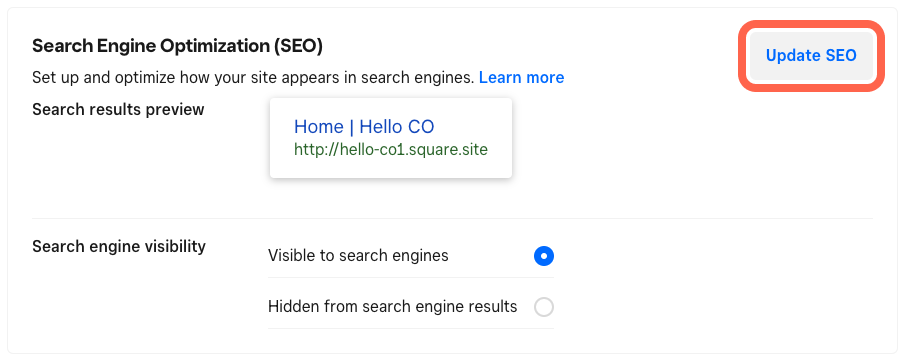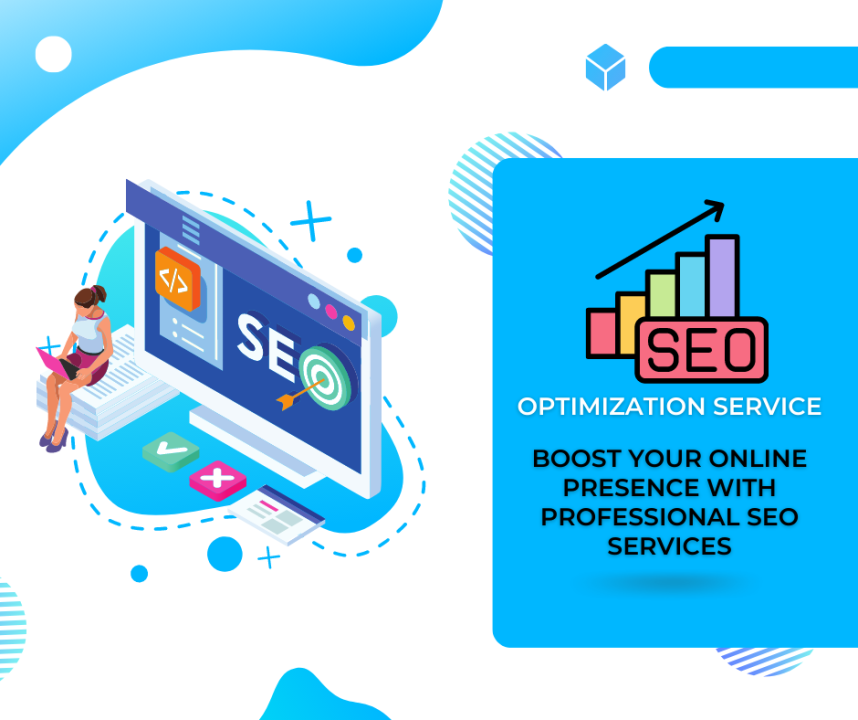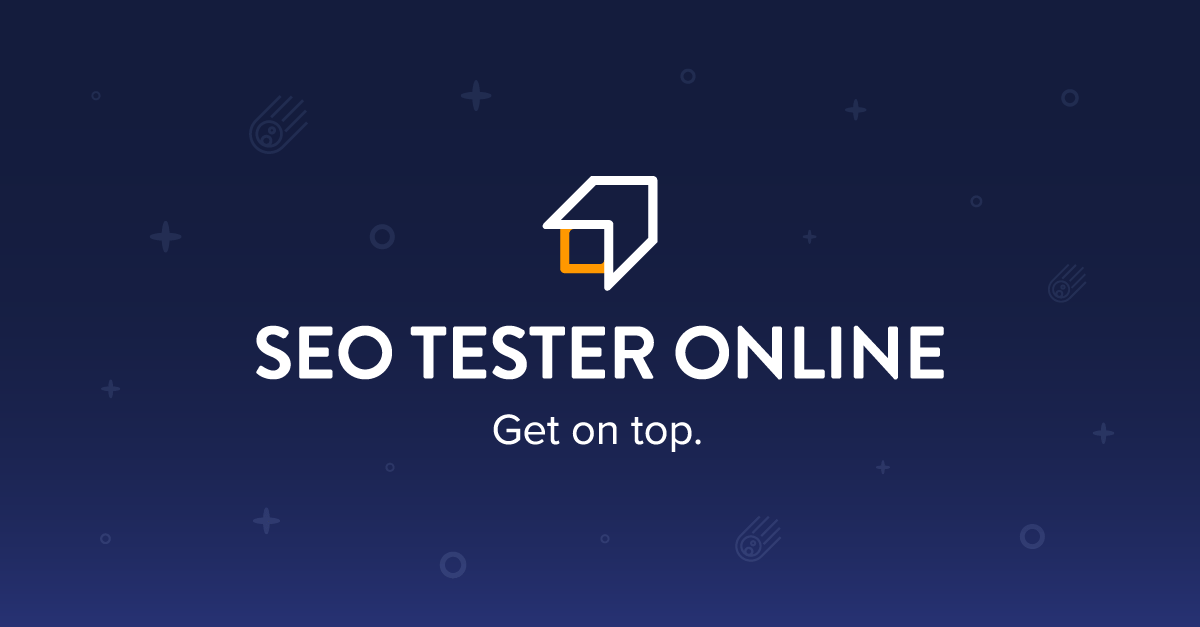Discovering What Is Ruled Out a Default Medium in Google Analytics for SEO
Discovering What Is Ruled Out a Default Medium in Google Analytics for SEO
Blog Article
Assuming Outside the Box: Leveraging Non-traditional Mediums to Maximize Google Analytics Performance
In the realm of electronic marketing, the quest for improved Google Analytics efficiency has actually become a critical essential for organizations looking for to improve their on the internet visibility. Standard techniques usually fall brief in catching the full range of consumer interactions and behaviors. By discovering non-traditional mediums as opportunities of data collection, a brand-new world of possibilities emerges. These uncharted territories offer a wide range of untapped understandings that might potentially revolutionize the means we understand and enhance our electronic approaches.
Special Data Sources

CRM systems, for instance, can supply understandings right into private customer interactions, acquisition history, and preferences, which can be incorporated with Google Analytics data to develop even more tailored advertising and marketing strategies. Social network systems offer valuable information on user demographics, interests, and involvement metrics, enabling services to evaluate the performance of their social networks campaigns and enhance material for better efficiency. Email marketing information, consisting of open rates, click-through rates, and conversion metrics, can additionally be leveraged to track individual involvement and behavior beyond web site interactions caught by Google Analytics. By leveraging these unique data resources, services can improve their methods, improve targeting efforts, and enhance general Google Analytics efficiency.
Social Media Insights

Furthermore, social media sites analytics tools allow organizations to track essential efficiency indicators, screen campaign efficiency, and determine the influence of their on the internet tasks. Recognizing the demographics of followers, identifying popular material motifs, and evaluating involvement levels can help organizations customize their advertising methods for much better outcomes.
Offline Marketing Combination
Incorporating offline advertising and marketing techniques with electronic analytics can improve overall project performance and give an extra thorough understanding of customer actions. what is not considered a default medium in google analytics. By connecting the void in between online and offline efforts, services can track the effect of traditional advertising and marketing networks such as print advertisements, TV commercials, direct-mail advertising, and useful reference events on their online presence

Additionally, implementing phone call radar for offline marketing tasks makes it possible for companies to capture valuable information on client inquiries created with printed advertisements or products (what is not considered a default medium in google analytics). By examining phone call information together with on-line metrics in Google Analytics, companies can acquire deeper understandings this article into the customer journey and maximize advertising methods for enhanced efficiency throughout all networks
IoT and Wearable Modern Technology
Using IoT and wearable technology in digital analytics can change information collection and customer insights for companies seeking a much deeper understanding of customer actions patterns. These ingenious innovations supply a seamless means to gather real-time data from numerous touchpoints. IoT devices can track customer communications with services or items, offering beneficial info on use patterns and preferences. Wearable innovation, such as smartwatches or health and fitness trackers, can use understandings right into customer activities, health and wellness metrics, and even area data.
Gamification Strategies
The application of gamification strategies in digital analytics presents a cutting-edge technique to improving customer interaction and driving workable insights for services. By incorporating game-like elements such as points, badges, leaderboards, and compensates right into the analytics user interface, companies can motivate customers to connect much more often and meaningfully with the information.
Gamification urges users to explore various features of the analytics system, revealing valuable understandings that might have otherwise gone undetected. Via interactive obstacles and progression tracking, individuals are incentivized to dive original site much deeper right into the information, causing increased time invested in the platform and a greater likelihood of finding essential fads or patterns.
Moreover, gamification can foster a sense of competitors amongst individuals, stimulating them to pursue greater efficiency and engagement degrees. This affordable spirit can drive increased user fostering rates and an extra detailed usage of the analytics devices available. Ultimately, by leveraging gamification strategies in digital analytics, businesses can develop a more effective and interesting environment for customers, causing even more informed decision-making and boosted overall efficiency.
Verdict
In conclusion, leveraging unconventional mediums such as one-of-a-kind data resources, social media understandings, offline marketing combination, IoT and wearable innovation, and gamification approaches can enhance Google Analytics performance. By thinking outside package and checking out these different sources of data, organizations can gain beneficial understandings and improve their general advertising methods. It is essential for firms to constantly check out new methods to collect information and analyze it in order to remain ahead in the ever-evolving digital landscape.
By incorporating data from sources such as client relationship monitoring (CRM) systems, social media systems, and e-mail advertising projects, services can acquire a much more comprehensive understanding of their target market habits and interaction patterns. Social media platforms supply beneficial information on individual demographics, rate of interests, and involvement metrics, allowing services to evaluate the performance of their social media projects and enhance material for much better efficiency. By leveraging these special data sources, organizations can improve their strategies, boost targeting initiatives, and enhance general Google Analytics performance.
Exploring social media understandings can give services with valuable information on individual demographics, interests, and engagement metrics, allowing for educated decision-making and critical optimization of advertising and marketing efforts. By assuming outside the box and exploring these alternate resources of data, services can gain important understandings and improve their total marketing techniques.
Report this page